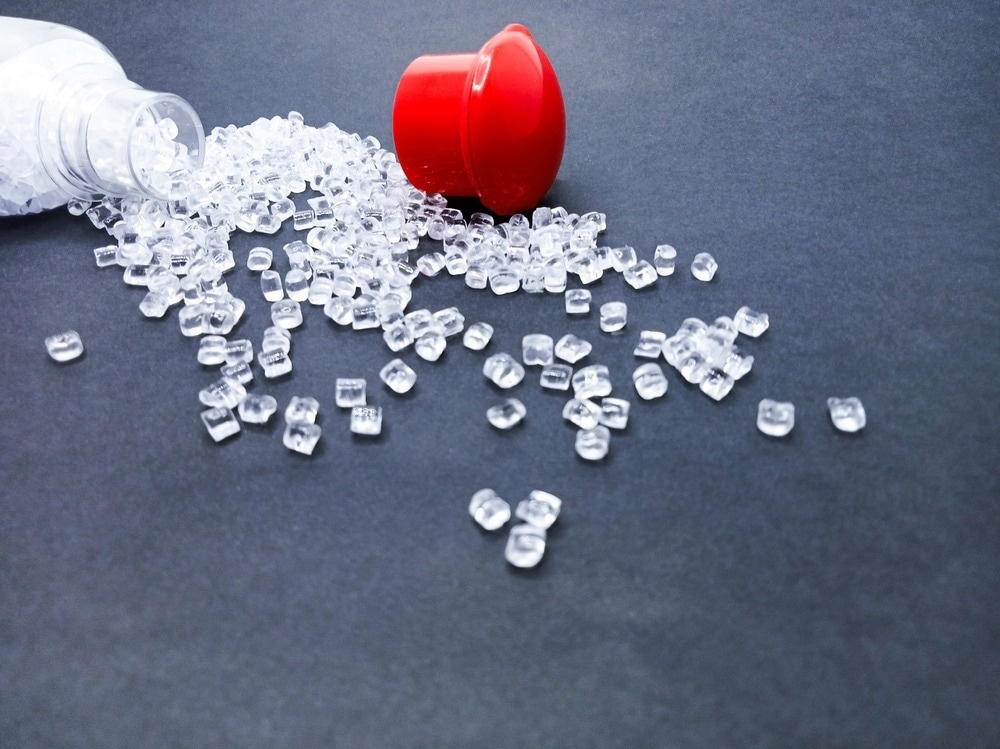A recent review article in Composites Part C: Open Access discussed the adoption and application of virgin fused deposition modeling (FDM) polymers in three-dimensional (3D) and four-dimensional (4D) printing.

Image Credit: Hari Nurosid/Shutterstock.com
Background
Recent advancements in additive manufacturing (AM), including 3D and 4D printing, have revolutionized manufacturing processes. FDM is a popular 3D printing technique that uses a variety of virgin polymers and polymer-based composites to create high-performance, intelligent, and self-assembling structures.
Understanding the mechanical and microstructural behavior of parts printed with virgin polymers is crucial for analyzing and designing additives and reinforcements needed for desired functionalities in AM structures.
This article reviewed the adoption and applications of virgin FDM polymers, highlighting different virgin polymers and equipment used in 3D and 4D printing. It also compared the mechanical and microstructural properties of various FDM polymers.
FDM Process, Materials & Machines
The first step in the FDM process involves feeding a filament spool (along with a feedstock thermoplastic filament) to an extruder through pinch rollers. The thermoplastic filament is heated beyond its melting point in the extruder and pushed through a nozzle onto a platform to create 3D objects.
Pure filaments for FDM materials can be produced by extruding pellets or polymer-based raw materials. The rheological properties of feedstock filaments determine the FDM process efficiency, making process parameter optimization essential for high-quality, defect-free FDM parts.
Nozzle and extruder temperatures control filament melting, while the raster angle and gap determine the material’s distance and angle on the build platform. Layer height impacts feature resolution in the height direction. A 100 % infill density is used for manufacturing actual parts, whereas a lower infill density is used for prototyping to conserve material.
Various virgin polymer materials with different properties are used for 3D and 4D. For example, polyether ether ketone (PEEK) has high melting (343 °C) and glass transition (143 °C) temperatures. It is, therefore, rarely used in conventional FDM machines. However, PEEK’s high heat deflection temperature (156 °C) is suitable for high-temperature environments.
The most used FDM materials are acrylonitrile butadiene styrene (ABS) and polylactic acid (PLA). With a melting temperature of around 200 °C, ABS and PLA can be accommodated on most FDM machines. They also offer high accessibility, cost-effectiveness, and ease of use.
This review identified MakerBot® as the leading manufacturer of FDM machines (35 %), followed by Stratasys® (32.5 %) and Prusa® (17.5 %).
Mechanical properties
The researchers examined the mechanical properties (tension, compression, and bending) of FDM parts fabricated using different filaments and process parameters.
They studied how FDM process parameters, including printing orientation, infill density, raster angle, and layer height, affect the mechanical properties, microstructure, and failure modes of FDM parts. For example, mechanical properties are directly proportional to infill density but inversely proportional to layer height and raster angle (responsible for failure under tensile loading).
The analysis of print orientations revealed that parts produced in X and Y orientations exhibit better mechanical properties than those printed in the Z orientation. Print orientations and surface roughness also influence the dimensional accuracy of FDM parts.
Common FDM defects include shrinkage, warpage, and porosity. Shrinkage can be minimized by lowering material enthalpy, while warpage can be reduced by optimizing process parameters such as infill density and layer height. Although porosity is a significant drawback in FDM processes, it is beneficial in producing high-dosage drugs as it enables faster drug release.
4D Printing
4D printing adds material functionality to current 3D printing technologies, producing active, shape-memory parts and components in combination with FDM. ABS, PLA, and thermoplastic polyurethane (TPU) are mostly used for 3D/4D printing filaments due to their mechanical and shape memory properties.
FDM is mainly restricted to thermoplastics, limiting the number of applicable shape memory polymers (SMPs). To overcome this limitation, SMP composite filaments have been developed for FDM. Novel SMPs also enable multiple shape alterations or bidirectional shape memory effects.
Conclusion
This review article investigated the mechanical and microstructural properties of virgin thermoplastics used in FDM-AM/3D printing. FDM is a well-established process in both 3D and 4D printing, and several virgin thermoplastics are commercially available. These thermoplastics exhibit desired mechanical and shape memory performance.
Further studies are required to comprehend the influence of parameters such as raster width, nozzle temperature, infill patterns, and print speed for printing reliable and repeatable FDM parts. The researchers also suggest further investigation into developing novel printing materials, enhancing FDM printing capabilities, and promoting FDM-based shape memory applications.
Journal Reference
Makki, T., et al. (2024). 3D and 4D Printing: A Review of Virgin Polymers Used in Fused Deposition Modeling. Composites Part C: Open Access. doi.org/10.1016/j.jcomc.2024.100472
Disclaimer: The views expressed here are those of the author expressed in their private capacity and do not necessarily represent the views of AZoM.com Limited T/A AZoNetwork the owner and operator of this website. This disclaimer forms part of the Terms and conditions of use of this website.